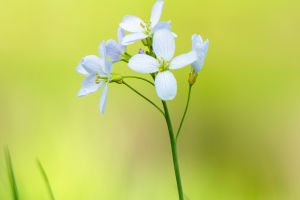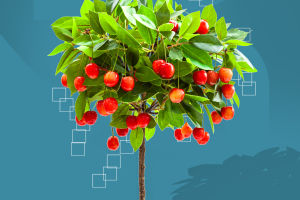Wildflowers may look like delicate bursts of color dotting meadows and roadsides, but they are far more than just pretty faces. These humble blossoms offer a host of benefits to the environment, wildlife, and even humans. Whether you’re a gardener, nature enthusiast
Let’s dive into the world of wildflowers and explore the myriad ways they contribute to our ecosystem.
Environmental Benefits of Wildflowers
1. Supporting Pollinators:
Wildflowers provide a crucial food source for pollinators like bees, butterflies, and hummingbirds. These insects and birds rely on wildflower nectar and pollen for survival, helping to maintain healthy populations of these essential species. In turn, pollinators help plants reproduce, ensuring the growth of fruits, vegetables, and other crops.
2. Improving Soil Health:
Wildflowers are champions at enhancing soil quality. Their roots penetrate deep into the ground, preventing soil erosion and promoting soil stability. They also improve soil structure by creating channels that help water and air reach plant roots more effectively. This reduces runoff and increases the ground’s capacity to retain water, enriching the land and reducing the need for artificial irrigation.
3. Promoting Biodiversity:
Wildflowers support diverse ecosystems by providing habitats and food for various insects, birds, and small mammals. A field of wildflowers attracts a wide range of wildlife, which in turn supports a more balanced and resilient ecosystem. A diverse environment can better withstand threats like disease, climate change, and invasive species.
Wildflowers and Their Role in Gardening
1. Low Maintenance and Drought Resistance:
Wildflowers are hardy and require minimal care, making them ideal for sustainable gardening. They are often native to the areas where they grow, adapted to local soil and climate conditions. This means they require less water, fertilizer, and pest control compared to non-native plants, making them an excellent choice for eco-friendly gardening.
2. Natural Pest Control:
Certain wildflowers attract beneficial insects like ladybugs and lacewings, which prey on common garden pests such as aphids and mites. Planting wildflowers can help maintain a natural balance in your garden, reducing the need for chemical pesticides and promoting a healthier environment.
3. Year-Round Beauty:
Wildflowers bloom at different times throughout the year, offering continuous color and visual interest to your garden. From early spring blossoms to late autumn blooms, they ensure that your garden remains vibrant and lively throughout the seasons.
Health and Well-Being Benefits
1. Mental Health Boost:
Spending time around wildflowers can have a calming effect on the mind. Studies have shown that being in nature, particularly around colorful flowers, can reduce stress, anxiety, and depression. The sight and scent of wildflowers can improve mood and promote a sense of well-being, making them an excellent addition to gardens, parks, and community spaces.
2. Natural Medicine:
Many wildflowers have medicinal properties and have been used in traditional remedies for centuries. For example, the wildflower Echinacea is known for its immune-boosting properties, while Calendula is often used in creams and ointments for its anti-inflammatory effects. While modern medicine has advanced, wildflowers remain a valuable resource in natural healing.
How to Incorporate Wildflowers into Your Life
1. Create a Wildflower Garden:
Transform a section of your garden or yard into a wildflower paradise. Choose a mix of native species that bloom at different times for year-round beauty and ecological benefits.
2. Support Local Wildflower Initiatives:
Many communities have programs dedicated to planting and preserving wildflowers. Get involved in local conservation efforts, participate in planting events, or simply support organizations that promote wildflower growth.
3. Use Wildflower Seeds in Landscaping:
Add a splash of color to your lawn, roadside, or community spaces by scattering wildflower seeds. This simple step can help create wildlife corridors, improve local biodiversity, and enhance the beauty of your surroundings.
Wildflowers are more than just pretty faces in a meadow; they are essential players in maintaining a balanced ecosystem, supporting pollinators, improving soil health, and contributing to human well-being. By embracing wildflowers in our gardens, communities, and public spaces, we can foster a healthier environment for all creatures, great and small. So, Lykkers let’s celebrate the beauty and benefits of wildflowers by planting them, protecting them, and appreciating their vital role in our world.


